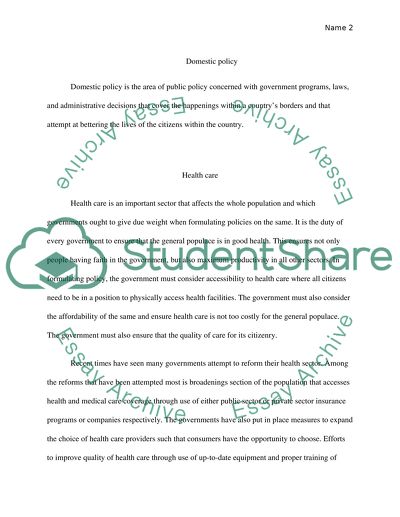Cite this document
(“Health Care Reform Essay Example | Topics and Well Written Essays - 1750 words”, n.d.)
Health Care Reform Essay Example | Topics and Well Written Essays - 1750 words. Retrieved from https://studentshare.org/history/1459635-health-care-reform
Health Care Reform Essay Example | Topics and Well Written Essays - 1750 words. Retrieved from https://studentshare.org/history/1459635-health-care-reform
(Health Care Reform Essay Example | Topics and Well Written Essays - 1750 Words)
Health Care Reform Essay Example | Topics and Well Written Essays - 1750 Words. https://studentshare.org/history/1459635-health-care-reform.
Health Care Reform Essay Example | Topics and Well Written Essays - 1750 Words. https://studentshare.org/history/1459635-health-care-reform.
“Health Care Reform Essay Example | Topics and Well Written Essays - 1750 Words”, n.d. https://studentshare.org/history/1459635-health-care-reform.


